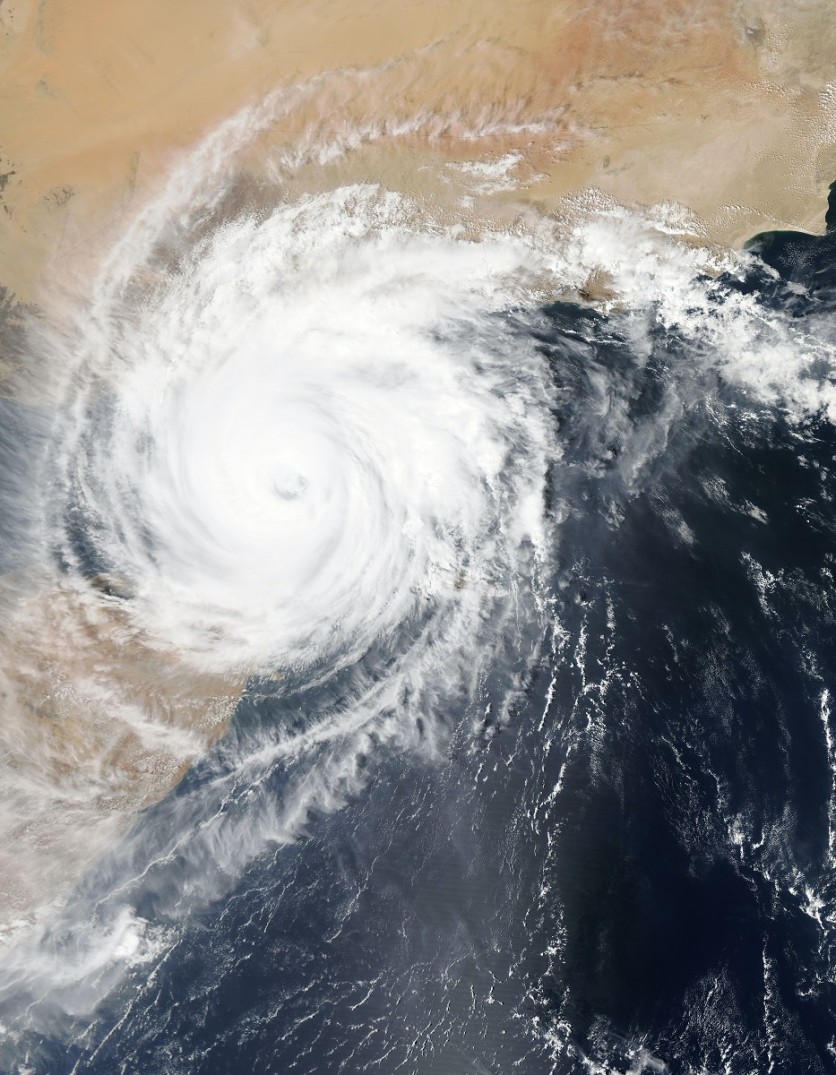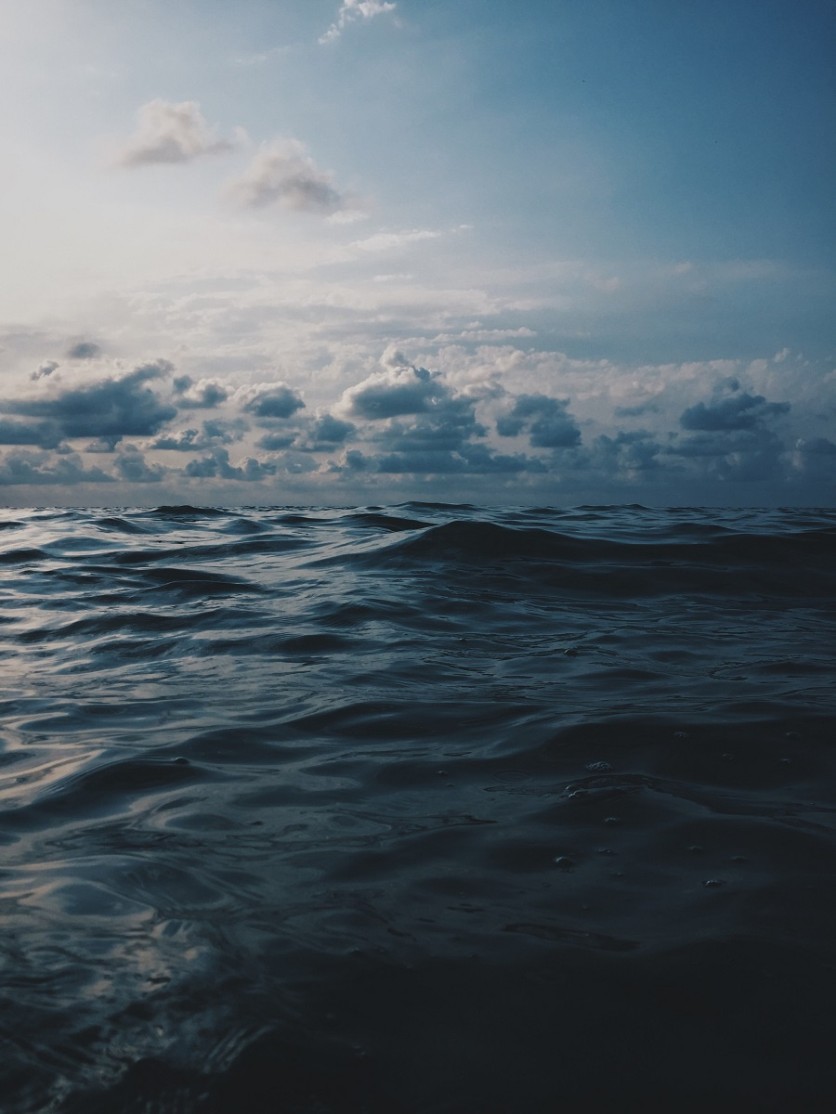Scientists claim that while stopping a hurricane with a bubble net is theoretically possible, it would be too expensive to execute, according to Wired.
An atmospheric scientist at the Massachusetts Institute of Technology Kerry Emanuel who is an expert in tropical storm formation said it is possible to weaken a storm by cooling the surface water within the hurricane's eyewall by 2.5 degrees Celsius.
However, the process of cooling several hundred miles of the ocean would require massive amounts of compressed air brought by a fleet of ships or airplanes. "It's possible, sure, if you put enough buoys out, yes," said Emanuel.

Well, Emanuel's take on the possibility of catching a hurricane strengthens the most recent suggestion from a Norwegian firm, OceanTherm. It involves having a "bubble net" submerged on the water that spreads across the path of a storm. OceanTherm CEO Olav Hollingsæter believes that the technique would reduce or fully eliminate the damages brought by the hurricane. The same technology is used since the late 1960s to keep fjords in Norway ice-free.
Read also: AI Can Now Predict Earth's Crust Changes Two to Three Months Before Quakes Occur
Bubble Net: How does it work?
The idea involves having a thin, long, flexible pipe that stretches between two ships and submerged a hundred feet from the surface. Imagine a giant aquarium bubbler, the pipe creates massive froth of bubbles as it rises to the surface.
Since hurricanes get their energy from the warm water surface, Hollingsæter claimed that the upward current of bubbles would push the cooler water to the ocean surface, which would take away the hurricane of its energy. Hollingsæter said that "hurricanes won't be able to build such strength" if we could avoid the rising temperature of the water. "They all disappear when they come into colder water," he added.
However, some scientists doubt such geoengineering projects as complex hurricane systems form from interacting atmospheric and ocean conditions, so merely altering one of these variables is not enough to affect the hurricane itself. "Hurricanes certainly need warm water, but they also need convection, a rotational component, and light wind shear above them," Colby College science, technology, and society professor and Harvard University visiting professor James Fleming said.

Meanwhile, OceanTherm has already been using its bubble net technology to deter ice from forming on two power plants. However, the bubble technology along narrow deep channels in the Norwegian coast works the opposite. A 1,500-foot-long metal tube is submerged about 180 feet deep. Then, compressed air is forced into the tube from a surface ship while the bubbles rise and bring warmer and saltier water to mix with colder freshwater on the surface. These salty bubbles warm the surface and keep the fjords ice-free.
It is indeed quite interesting how the technology works in Norway, but perhaps, the aim to catch hurricane is just too grand, particularly if it is deployed in the Gulf of Mexico or the Atlantic Ocean. However, the OceanTherm has some proposals on how to make it possible.
First, it can be used by attaching the bubble net across the 135-mile wide Yucatan Channel between Cuba and Mexico, which is the entry point between the Atlantic Ocean and the Gulf of Mexico. Chief science advisor to OceanTherm Grim Eidnes, a former physical oceanographer at Norway's research institution SINTEF, believed this is a perfect spot to deploy a giant bubble net.
He added that the bubble net could be hung from the top with buoys, mounted on moorings, or to have two or more sea vessels in each direction. "The idea is to go before the storm, cool the water, and take them down. Then we would cut off the energy supply from the hurricane," Eidnes said.
However, this project would cost millions of dollars, although a pilot project could prove its viability at a lower cost. OceanTherm has already received some financial grants from the Norwegian government to construct additional computer simulations while the company still seeks for U.S. investors who are willing to support the project.
As Emanuel welcomed the possibility of catching the hurricane before it reaches the ocean surface, historian Fleming likened this hurricane project to science fiction. "You need a leap of faith and some gullible investors," he said.
Read also: Look! This Interactive Website Shows the Earth 750 Million Years Ago
This is owned by Tech Times
Written by CJ Robles
ⓒ 2025 TECHTIMES.com All rights reserved. Do not reproduce without permission.




